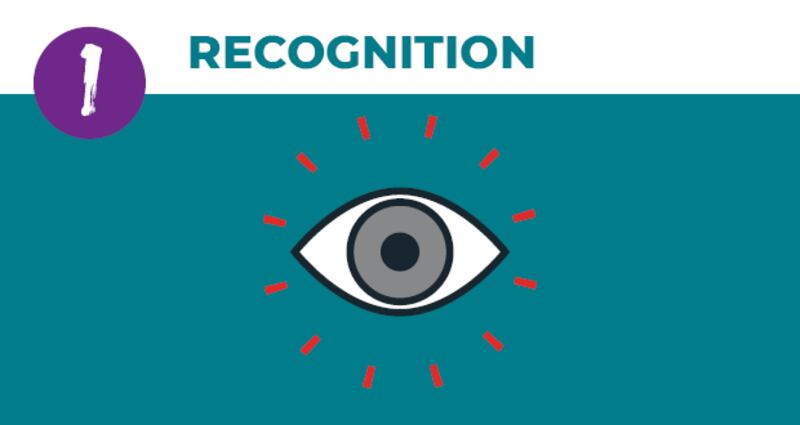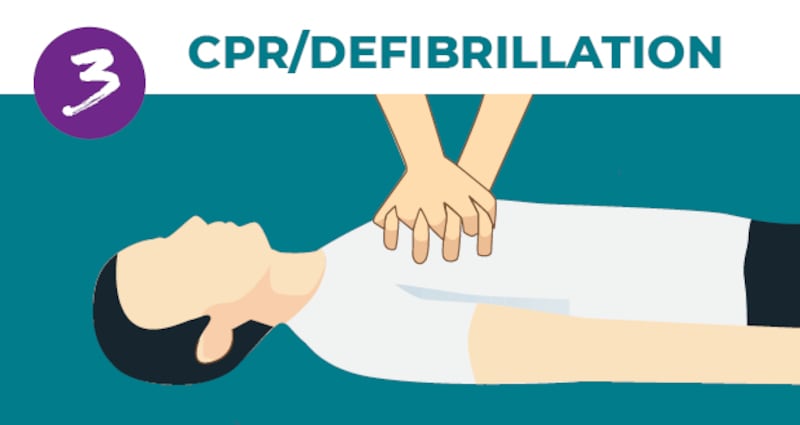Around 5,000 cardiac arrests take place in Ireland every year. In each case, having someone nearby who can perform CPR immediately is crucial to their survival.
CPR stands for Cardio Pulmonary Resuscitation and is something we should all be able to do because it can save a life in the event of a sudden collapse.
What should you do in the event that someone near you collapses?
1. RECOGNITION OF AN EMERGENCY

If a person collapses, check for a response. Gently tap them on the shoulders and say ‘hello, can you hear me’. Check if there is any sign of movement or life, and to see if there is no proper breath.
2. ACTIVATION OF EMERGENCY SERVICES

Call 999 or 112 for the emergency services, tell them you need an ambulance and put the phone on speaker.
In 70 per cent of cases an incident happens at home so firstly, know your Eircode. An Eircode is a seven-character alpha-numeric code made up of two parts: routing key and a unique identifier. This will get the emergency services to your home as quickly as possible.
[
.]
The operator will put you through to a specialist who is trained to help and encourage you as you provide CPR.
3. CPR AND RAPID DEFIBRILLATION

What is CPR? You put one hand on top of the other and press down on a person’s chest to a depth of two inches. You do it around 100 to 120 times a minute, (or use the popular recommendation of matching the rhythm of the Bee Gee’s song Stayin’ Alive). And you keep doing it until help comes.
If there is an automatic, external defibrillator (AED) nearby, use it. Defibrillators are great but if there is none around people need to know that they can keep someone going with compressions, as long as they are good compressions.











